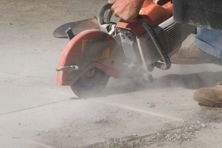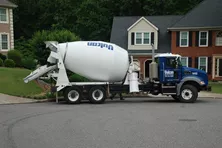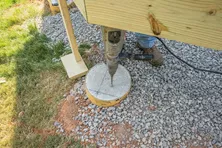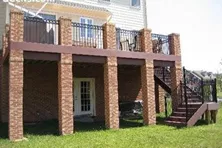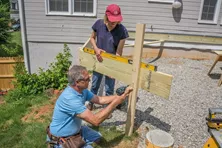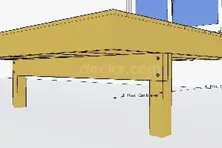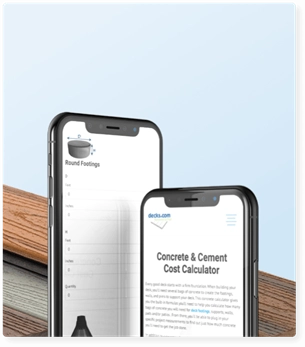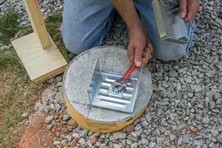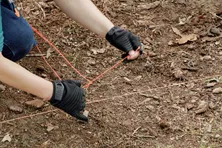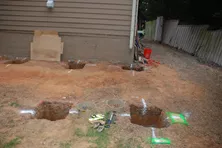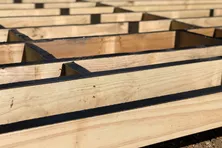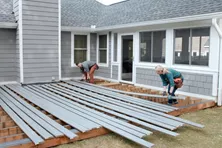How to Use Concrete Footings for Deck Posts
Concrete is, in fact, the most used material for construction in the world and has been in use since the age of the Roman Empire. Concrete is a mixture of aggregate (sand and gravel) combined with water and cement. Depending on the ratio of these parts, the concrete can be stronger or weaker. Concrete hardens in a process known as hydration, which is caused by the reaction between water and cement. Adding too much water can weaken the concrete.
For most deck projects, it is practical to buy bags of premixed concrete that are prepared by adding water and mixing. You can use a wheelbarrow and mix with a hoe to a consistency that is able to move and fill voids, but is not too wet and soupy. Hoes work better for mixing concrete than shovels. Renting a mixer can reduce your labor time by half. Be sure to follow the instructions listed on the packaging. It is possible to make your own concrete mix by combining 3 parts gravel, 2 parts sand and 1 part cement, but this requires more knowledge and skill than using premixed bags. Your footing should be at least as thick as it is wide at its base. The ideal temperature for pouring concrete is between 50-90 degrees F.
Make sure you use 5,000 psi concrete mix. Once you have poured half of the concrete into the tube, you should consolidate it with a shovel or a piece of rebar to eliminate air pocket voids. Pour concrete until it is overflowing the form tube and level off the top with a shovel.
Cutting a Concrete Pad
Learn how to use a concrete saw to cut a hole in a patio slab to install a deck footing.
How to Buy Concrete: Hiring a Ready-Mix Truck
Hiring a truck to deliver ready-mixed concrete for your project may make better sense than mixing it yourself. Learn how to order concrete for your deck at Decks.com.
Installing footings on a sloped yard
Our inspector explains how to install concrete deck footings on uneven ground.
How to Decorate Deck Support Columns
Browse some examples of decorative deck support posts for tall decks.
Determining Deck Beam Height
Learn how to measure in order to set your posts to properly position your deck beam to the correct height. We recommend sloping your deck to shed water away from the house.
How to Install Deck Girder, Cantilever or Drop Beams
Learn about the pros and cons of installing a cantilever, girder or drop beam to support your deck joists. This method allows for a notched post-to-beam connection.
More Helpful Resources
Explore Articles by Topic
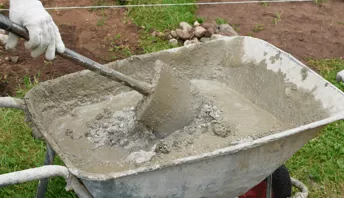
Footings
Information related to installing frost footings for decks
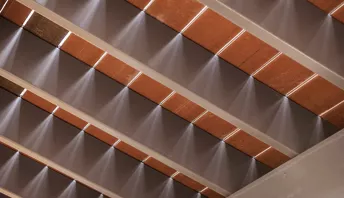
Framing
Learn structural framing methods
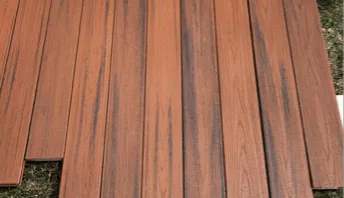
Decking
Learn about wood and composite decking materials
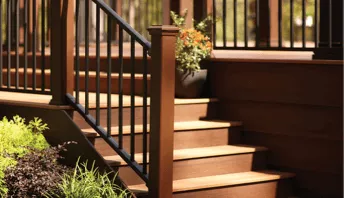
Stairs
An in-depth look at the complex issue of how to build stairs
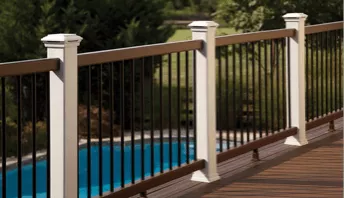
Railings
How to install guardrails and handrails to meet IRC code

Features
An overview on water drainage, benches, planters and lights

Design
The basics of deck design
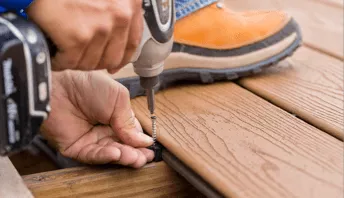
Planning
Learn about permits and working with contractors

Porches & Patios
Build a covered deck to enjoy all seasons
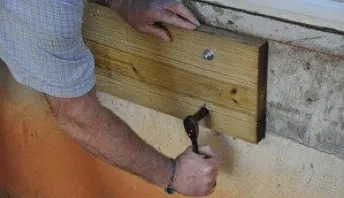
Ledger
Proper attachment techniques
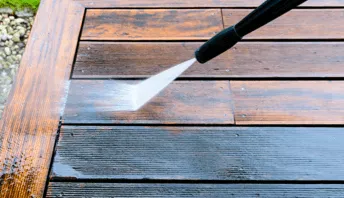
Care
Maintain your deck to maintain your investment

Materials
An overview on water drainage, benches, planters and lights
How many footings do I need?
Avoid a wobbly deck! Learn how to calculate the right number of footings to keep your structure safe and solid.
Layout Deck Foundations
Learn how to lay out your deck footings accurately using triangulation with our step-by-step instructions.
Digging Foundations
Learn how to hand dig or mechanically dig your deck footings with step-by-step instructions. Learn what to do if you hit a rock.
Why is Joist Protection so Important for Your Deck?
If you’ve ever seen a piece of wood left out in the weather for any period of time, you know what happens: decay. Whether through wet rot, insect damage, or mildew, the fibers begin to break down.
Determining Deck Beam Height
Learn how to measure in order to set your posts to properly position your deck beam to the correct height. We recommend sloping your deck to shed water away from the house.
How to Slope a Deck for Water Runoff and Drainage
Learn if your deck needs to be sloped and how to do it.
Explore Articles by Topic

Footings
Information related to installing frost footings for decks

Framing
Learn structural framing methods

Decking
Learn about wood and composite decking materials

Stairs
An in-depth look at the complex issue of how to build stairs

Railings
How to install guardrails and handrails to meet IRC code

Features
An overview on water drainage, benches, planters and lights

Design
The basics of deck design

Planning
Learn about permits and working with contractors

Porches & Patios
Build a covered deck to enjoy all seasons

Ledger
Proper attachment techniques

Care
Maintain your deck to maintain your investment

Materials
An overview on water drainage, benches, planters and lights




